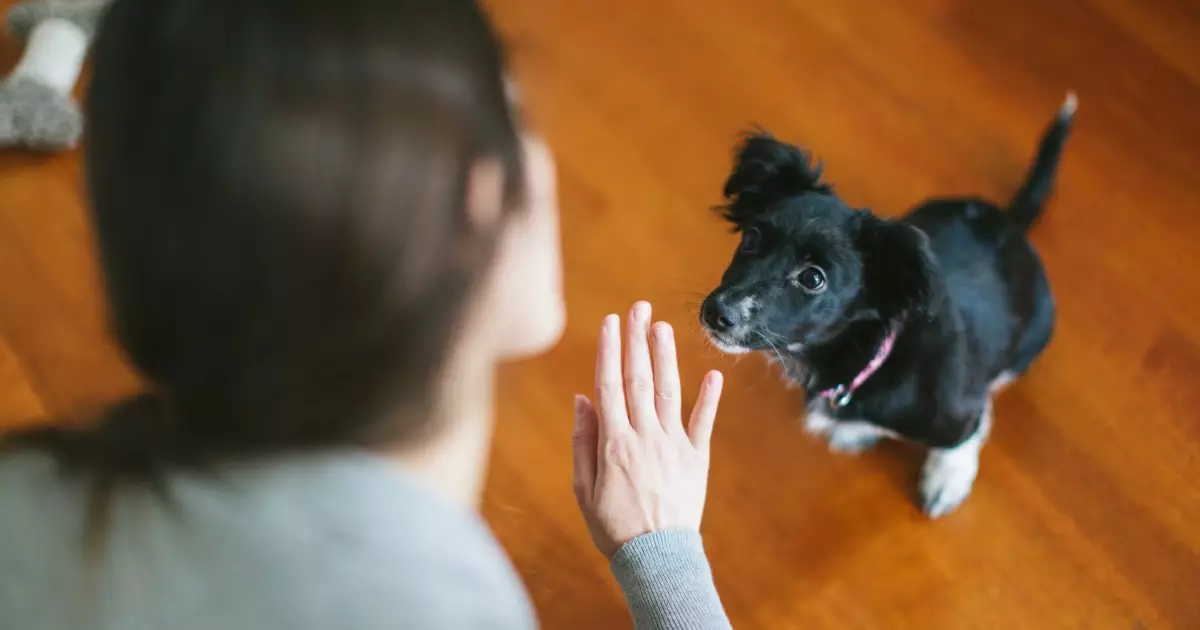Training your dog to follow simple commands can greatly improve the safety and harmony of your household. Among the various commands, “sit” stands out as one of the most fundamental and beneficial. This command not only helps in controlling your dog’s behavior but also establishes a basic level of communication between you and your furry friend. This article will delve into effective techniques for teaching your dog to sit, troubleshooting common challenges during training, and enhancing your dog’s responsiveness to verbal commands.
Understanding why the “sit” command is essential can better prepare you for teaching it to your dog. By instructing your dog to sit, you create a pause in their action, preventing unwanted behaviors such as jumping on guests or running into traffic. This simple command is an effective way to bring tranquility to lively situations and can be particularly helpful in social settings. Moreover, teaching your dog to sit lays a foundation for more complex training commands and helps reinforce good behavior.
To initiate the training process, you will need some enticing treats, toys, or your dog’s favorite plaything. The lure method is typically the most effective; however, if your dog is not food-motivated, using a toy could be equally effective. Start by presenting the treat or toy just in front of your dog’s nose, ensuring they are focused on the object. Gradually, move the lure upward and backward over their head, directing it towards the space between their eyes.
As your dog’s head rises with the lure, their rear should naturally lower. As soon as their bottom touches the ground, reward them immediately with praise and the treat. Consistency is key in this stage, so practice the exercise multiple times until your dog appears to grasp the routine.
Once your dog begins to consistently respond to the lure, it’s time to introduce the verbal cue. This establishes a link between the command “sit” and the action you desire. Say “sit” just before performing the lure motion to maximize their understanding of the command. As your dog masters the association, start offering treats intermittently, rewarding them only for sharp, prompt responses. This approach helps your dog learn that they must respond quickly to receive a reward, thereby reinforcing their training.
Even with a basic understanding of the training process, you and your dog may encounter obstacles along the way. If your dog jumps up instead of sitting, try lowering the treat back to just above their nose. Should they start to back away, reconsider the placement of the lure—it should always be positioned just above their head. A potential strategy to keep your dog from backing up could include practicing in a confined space like a corner, making it more difficult for them to move away while still following your lure.
Occasionally, your dog may struggle to focus on the command. If they do not sit up after following the lure, try to regain their attention by wiggling the treat or making an appealing sound. Alternatively, if your dog rolls over, you can encourage them to return to a sitting position by guiding them with the treat back to their belly.
If neither method seems effective, consistently reinforce the association between the verbal command and the action by praising your dog whenever they sit spontaneously throughout the day.
Once your dog confidently understands the command, consider introducing new levels of challenge to strengthen their learning. Start by asking them to sit from different distances—whether you are one or two feet away, or even with your back turned. Gradually increase the complexity by including distractions, such as another person or dog in proximity, or by scattering kibble around the area. Such added challenges will keep your dog engaged and ensure that they not only understand the command but can execute it reliably in diverse situations.
Teaching your dog the “sit” command is not merely about obedience; it’s about developing a bond rooted in communication and trust. As you navigate the training process, remember to be patient and adaptable, recognizing that every dog learns at their own pace. With consistent practice, encouragement, and engagement, you’ll not only teach your dog to sit but also foster a deeper connection that highlights the joys of companionship. With time and care, your canine companion will not only learn commands but also the foundations of a respectful and loving relationship with you.

